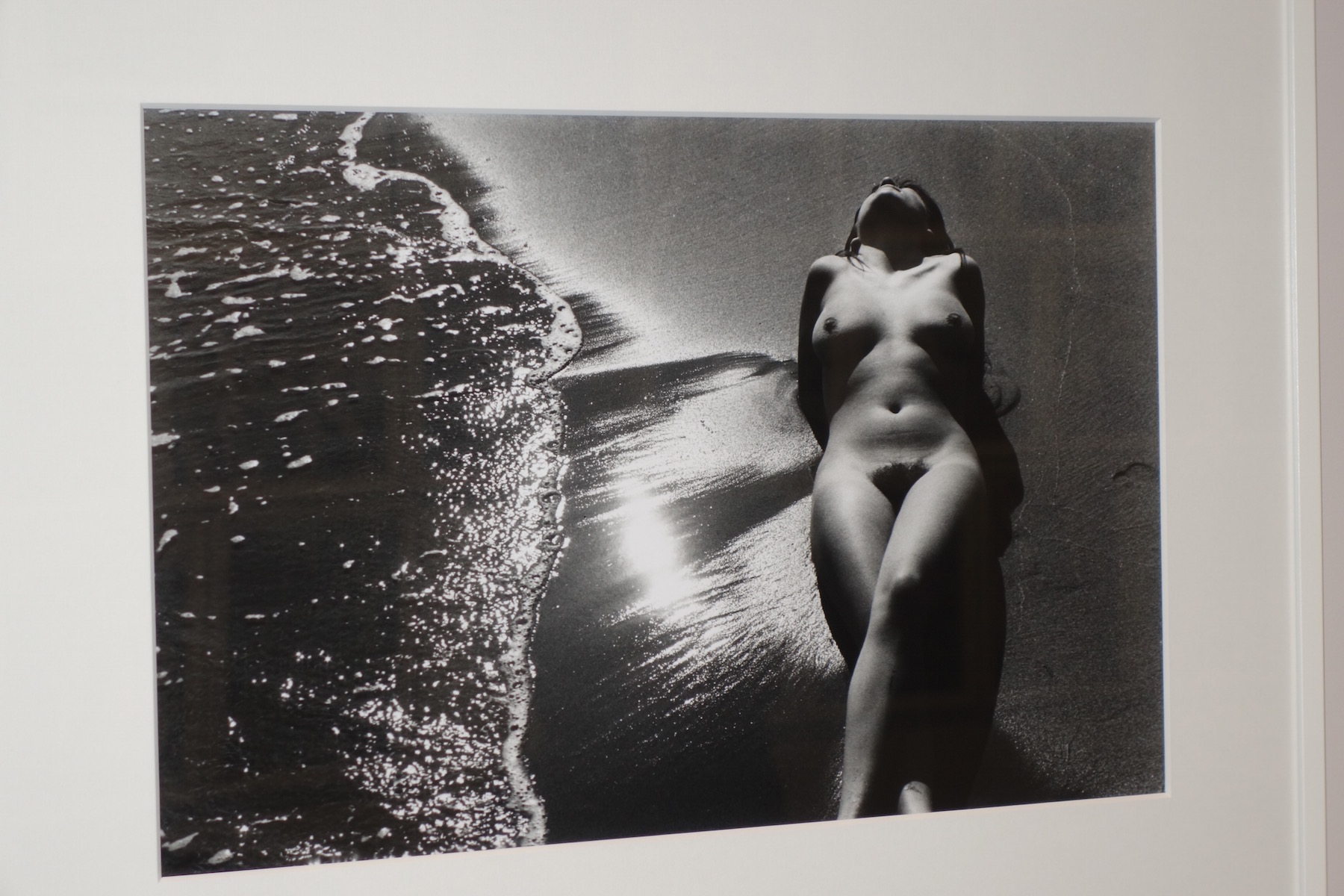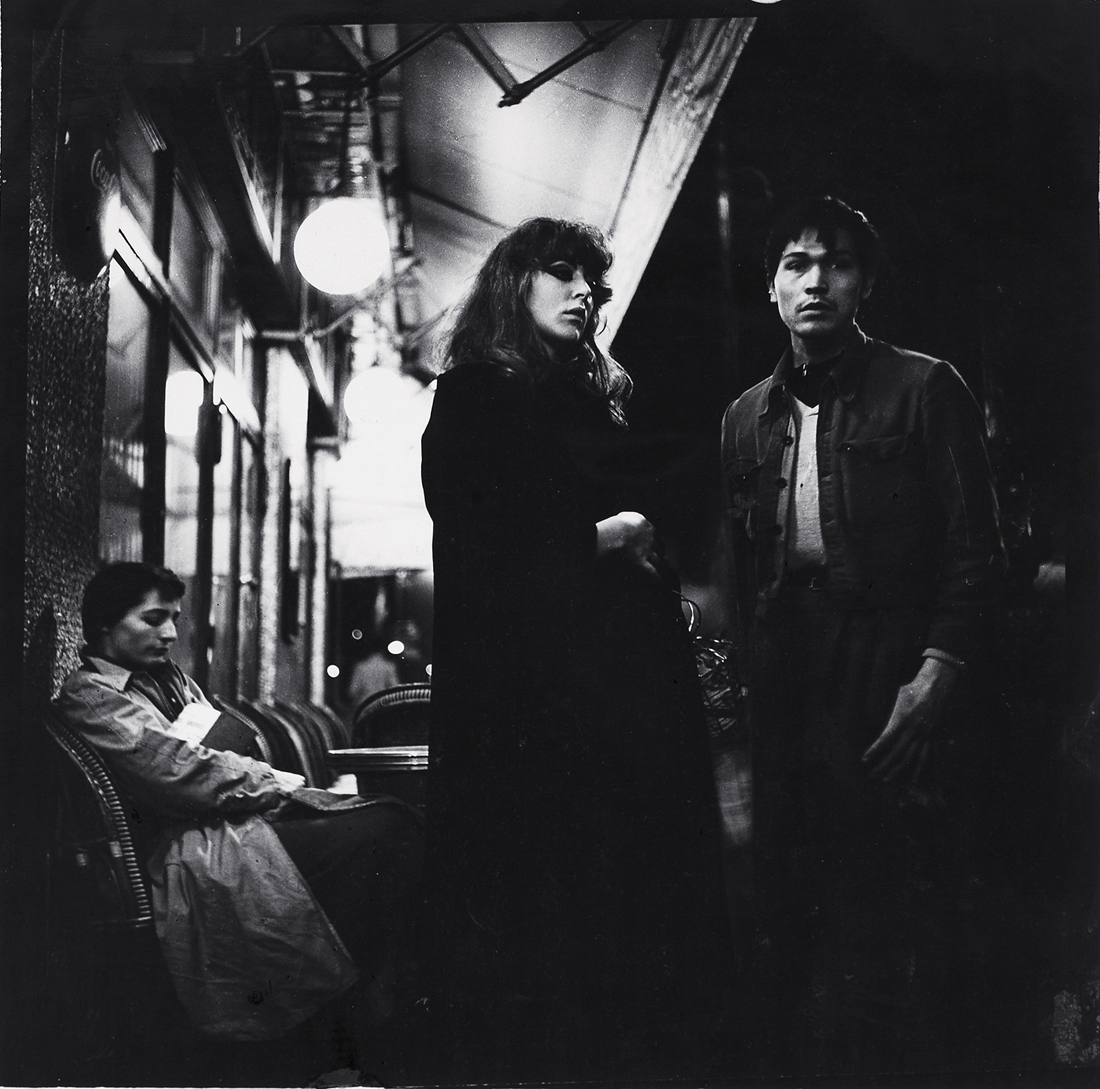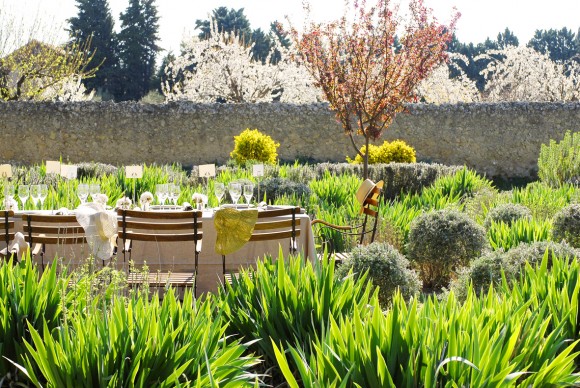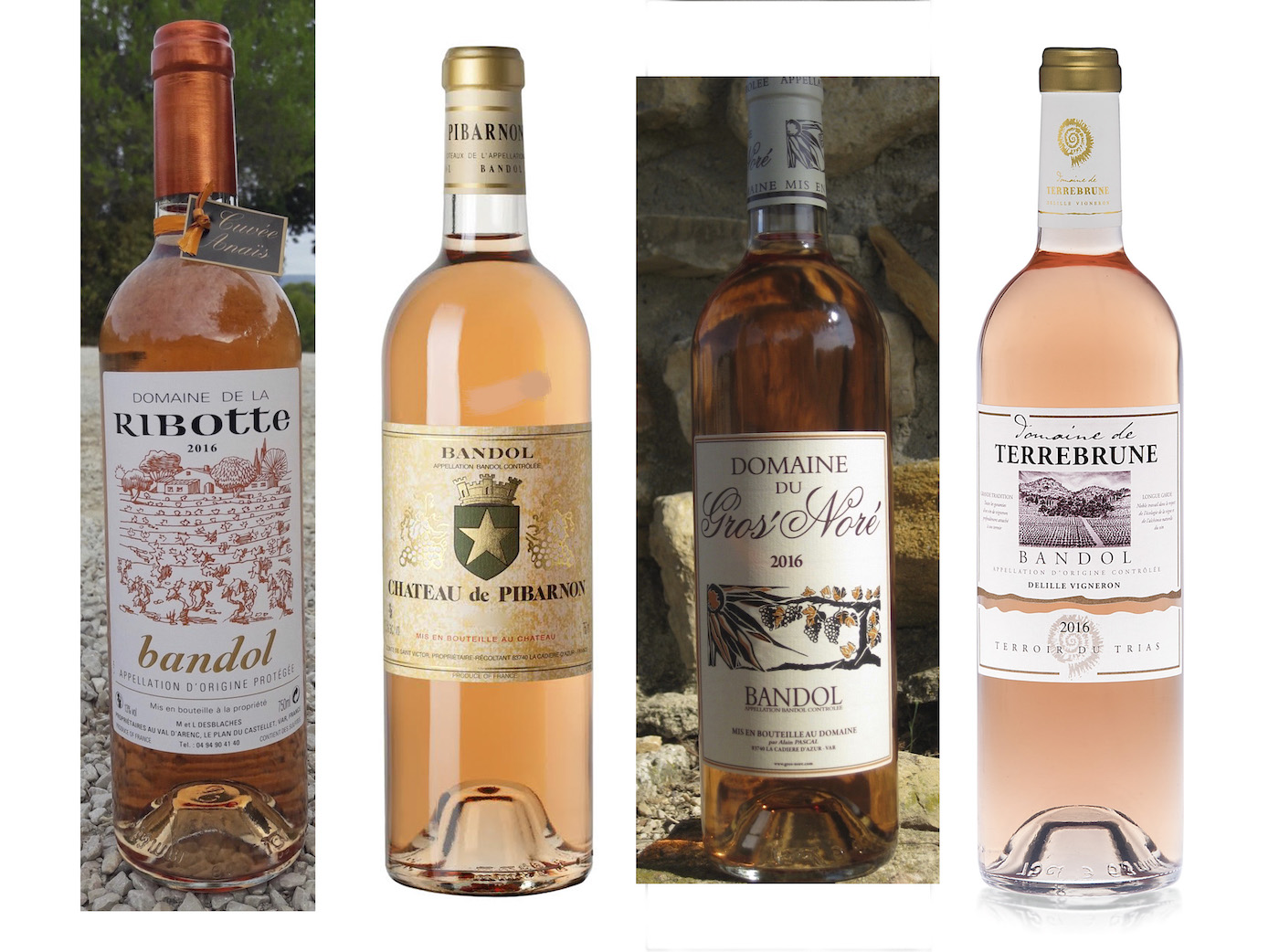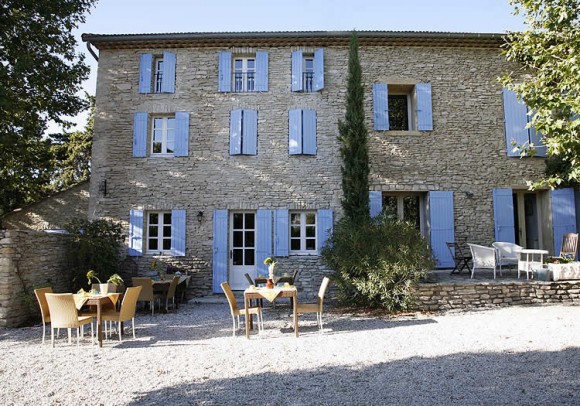For the Writer Jim Harrison, a Bandol Red of the Domaine Tempier Was His Reverie, His Lyric.
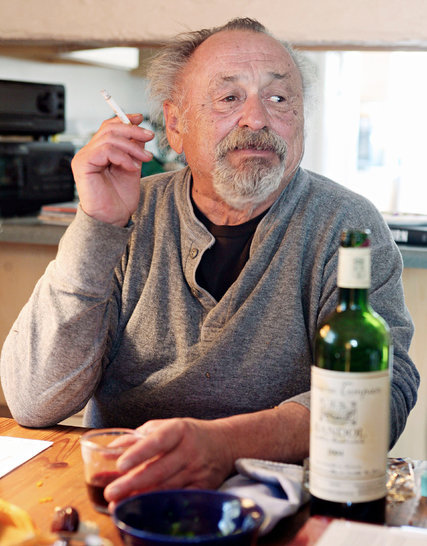
Jim Harrison, in 2007, quaffing a bottle of Bandol from Domaine Tempier. Credit: Jeff Topping/The New York Times/Redux
Ndlr: Lulu Peyraud died Oct 7, 2020. At Lulu’s table, her devotees, among them Richard Olney and Alice Waters, found a true connection to the upper world of Provencal cuisine. Her lessons, many unspoken, few forgotten. Jim Harrison cherished her friendship.
Proem
So they drifted, the paragons of heightened culinary sensibility, first one by one, then by pairs, to the large proud biscuit-coloured Bastide, with faded blue shutters and orange tile roof, of the Domaine Tempier, and to the wines of Lucien Peyraud and the Provençal cuisine of Lulu Peyraud: Richard Olney, Alice Waters, Kermit Lynch, and, in the 1990’s, Jim Harrison.
Now, consider this: For sixteen years straight, 1994 until 2010, Jim Harrison made an annual pilgrimage to the Domaine Tempier to sit at Lulu’s table, and take his ease with friends and great wines. His ferocious devotion to Lulu would be the envy of Queens.
Here was civilization at its most comforting. In the distance, the sea sat quietly. The open sky blanketed everything. Food and wine sustained lively conversations and bursts of laughter. The glory must have seemed, at times, endless. They were the curators of a richly textured happiness.
In the annals of the wine world was there ever a phenomena so brilliant, I ask? These leading men and leading ladies gave the feel of a movie set in a time-honoured way. Jim Harrison’s casting call in this memorable mise-en-scene came by way of a lusty palate.

At crepuscule, La Tourtine, a vineyard of Le Domaine Tempier, AOC Bandol, a balcony to the dazzling sea
…we can’t become inconsolable just because life is incomprehensible.
Dalva, Jim Harrison
The writer and poet Jim Harrison, who Hollywood took in with the filming of his Legends of the Fall (1994), did not let life’s incomprehensibilities mess with any iota of pleasure. Confronted with something bewildering and impenetrable, he sought consolation in food and wine, consuming nearly unspeakable quantities with unending pleasure.
This is a man to whom wine matters like few others you will ever read. I found that Harrison brings to wine the boundless enthusiasm of a very bright child, self-absorbed in pleasure: wine “draws in the world that surrounds us…increases the best aspects of camaraderie and sweetens the tongue for conversation,” swinging your mood from”gentle to gentler.”
His was an imagination colonized, fantastically, by wine. For Harrison, wine makes a seductive sort of promise that you will not only experience great pleasure, but that it will cleanse your adult consciousness of dissatisfaction, regret and despair, while gifting you with metaphor, rapture, and lust:
“On a possibly morose day this single glass (of wine) was capable of producing literary ecstasy……Wine crawls in the window of your life and never leaves.”
“Drinking wine is beyond the vagaries of language and numbers and finds its essence, like sex, totally within the realm of the senses.”
First Love: French Reds, With Sorrow
Harrison was adamant in his preferences: “My first love, French reds.” Bordeaux? No, he told France Culture radio; he disdained Cabernet Sauvignon and Chardonnay.
His passion was for red wines that possessed a particular quality: sorrow. Ones that wore proudly a latent sadness.
How does wine acquire these personifying qualities? In brief, when vines suffer. These are wines from vines planted in soil impoverished by hot arid climates. Required is a root system to penetrate deep into the cracked earth to search out moisture. These are wines with a specific goût de terroir: those of Southern France.
What Harrison found extraordinarily gratifying were animalistic blends showing dark fruits, tautness, the hint of wild herbs (garrigue), spice and minerals, at times licorice and leather. One can add to this list high alcohol approaching 15%.
The red wines that spoke to his soul were those from Bandol.
Bandol: The Bestial Mourvèdre
Cradled in the windswept hills about the seaside town of Bandol, the AOC Bandol spans 3500 acres. For limiting soil erosion and retaining moisture, winemakers employ low dry-stone walls to form terraces, called “restanques.”
The Mourvèdre grape is the soul of Bandol, a late-ripening rustic grape that yields bestial, gamey red wines of dark fruits and supple tannins. The thick skins of Mourvèdre allow the vintages to age well. In Bandol, the blends contain 50%, or more, of Mourvèdre, along with Grenache, Cinsault and Syrah.
I submit that there is something deeply epiphanic in the congruity between adjectives employed for Jim Harrison’s writing style and those that describe the Bandol wines he cherished, to wit: masculine, rustic, earthy, gamey and lusty.
Sexy, Sultry, and Moody like Brando
A keen aperçu from the wine writer Elizabeth Gabay: Bandol is “sexy, sultry, and moody like Brando.”
When Elizabeth made that remark, she was unaware of Lanie Goodman’s reportage that in October, 1954, Marlon Brando, 30, visited his fiancée Josanne Mariani, 19, and her family in Bandol. He had fallen for the local girl at a New York party thrown by the acting teacher Stella Adler.
During a four-day stay, the capricious Brando bristled at media hounds. Within a year, the romance had faded. Today, pictures of Brando in Bandol hang at some local wineries.
Domaine Tempier: His Reverie, His Lyric
Among the 59 producers in Bandol, Jim Harrison had a rhapsodic thirst for the Domaine Tempier. He consumed more Tempier than any other wine. Un amour fou.
“I’ve been through at least fifty cases of their (Tempier) Bandol, so you must trust me.”
When Harrison wrote that the “Domaine Tempier Bandol, for reasons of temperament (is) my favorite wine,” he was evoking the wine’s rustic, intense flavors that resonate with his consciousness of living in harmony with the feral outdoors.
The exultant, unabashedly richly textured mouthfeel of Mourvèdre in the red wines of Domaine Tempier was Harrison’s reverie, his lyric:
“Wine can offer oxygen to the spirit, I thought…..and not incidentally opening a bottle Domaine Tempier Bandol because I had read a secret bible in France that said to drink red after dark to fight off the night in our souls.”

Red Wine of the Domaine Tempier – the Exultant Intense Mourvèdre
Domaine Tempier: History
A family enterprise since 1834, the Domaine Tempier covers about 85 acres that are a mosaic of terroirs – parcels scattered about the windswept hills of Bandol, facing south in the burning sun.
Whereas most producers in Bandol bottle more rosé than red, the Domaine Tempier is one of the few wineries that produces more red than rosé .
In 1936, Lucie “Lulu” Tempier married Lucien Peyraud, an engineer. Her father handed them the Domaine Tempier. In 1941, Bandol was accorded status as an A.O.C. (appellation d’origine contrôlée) with just 10 wineries.
As leader of the local wine growers, Lucien spearheaded the large-scale replanting of Mourvèdre. Initially, Mourvèdre represented at least twenty percent of the blend. Today, it is a minimum of fifty percent, making Bandol unique among appellations in France.
Lucien passed along management of the Domaine to his sons Francois and Jean-Marie, who promoted the cuvées de terroir (single vineyard vintages) of La Tourtine, La Migoua and, later, Cabassaou. The current manager of the Domaine is Daniel Ravier.
Domaine Tempier – La Tourtine
When Harrison states that Domaine Tempier is his favorite wine for “reasons of temperament,” he is evoking the wine’s rustic, intense flavors that resonate with his consciousness of living in harmony with the feral outdoors.
“How can I write wildly without the help of these creatures? Right now I’m drinking an ’87 Bandol Tourtine to give me courage to sign my name.”
Among the single vineyard vintages of Domaine Tempier, I perceive La Tourtine is the blend that gets deeply inside of his head, inciting his pertinacious “id” – the reptilian urge for sensual pleasures, venery too.
There is a feeling Harrison had — I have had it myself with the cuvée La Pierre Noir at this vineyard — that the first sip of La Tourtine crystallizes a special relationship between him and the terroir, a sort of unspoken intimacy. You come to appreciate the essence of wine.
It is for Harrison a mystical bonding with a speck of land – only 11 acres. Perched on top of a hillside in Le Castellet, La Tourtine is buffeted by frequent winds and exposed to the constant rays of a brilliant sun.
It turns out that the wines of La Tourtine are incredibly exposed to harsh conditions. Under a brutal summer sun, the soft clay and limestone soil hardens, opening large cracks that resemble crevices on a cliff. Voilà, deep roots, a harbinger of latent sorrow.
Here is wine merchant Kermit Lynch’s notes on La Tourtine, a cuvée of 80% Mourvèdre, 10% Grenache, and 10% Cinsault:
“A wonderful synthesis of the terroir’s tremendous complexity, where aromas of squid ink, graphite, and crushed stone are framed by firm tannins. Decant to enjoy now, but it’s marvelous with age.”

La Tourtine vineyard, Domaine Tempier, AOC Bandol
Backstory: A Most Uncommon Script
When Jim Harrison wandered onto the grounds of the Domaine Tempier in 1994 to meet Lulu Peyraud, it was a path well traveled.
His presence at the Domaine was anteceded by a thirty-year saga of gastronomic indulgences shared by extraordinary personalities, whose memories, once heaped there, had them, like Harrison, constantly returning.
Richard Olney: Avant-garde
Those who make cuisine and wine their profession revere the brilliance of Richard Olney. His influence emanated from an unlikely perch: a spartanly-furnished house on a hilltop in the French village of Sollies-Toucas near the port city of Toulon. (From nearby Pignans, I made a furtive inachieved approach in 1995.)
Sans phone nor television, his was a hermetic existence completely focused on the perfection of the culinary arts. A brilliant fanatic, Olney shared his lucid precisions in 35 books he wrote on food and wine.
Moving to France from Brooklyn in 1951 with artistic aspirations, and a yen for bohemian ways, Olney met Lucie “Lulu” Peynaud at a dinner party in the 60’s in Paris.
He soon found himself being tutored on winemaking by Lulu’s husband Lucien at their estate. An imperishable bond formed between them.
Alice Waters: Chez Panisse
In 1974, Onley was on a book tour in San Francisco where Alice Waters popped into his cooking demo at Williams Sonoma. She invited him to dine at Chez Panisse, the ineffaceably mythic restaurant in Berkeley she founded with friends in 1971.
Olney’s credo of fresh local market ingredients was like some kind of eternal oath for Alice. She visited Sollies-Toucas in August, 1975, telling the Guardian in 2010, “…what I got from Richard, was this total conviction that what he was doing was the right thing.”
Onley brought Alice Waters to the Domaine Tempier – the wines of Lucien and the Provençal cuisine of Lulu. For Alice, an inspiration — so natural, unimagined, longed for. Alice ordered Domaine Tempier for her restaurant.
An aggressively worn copy of Olney’s ”Simple French Food” dwells in Chez Panisse like a pense–bête to do things the right way.
Kermit Lynch: Wine Merchant
After opening a wine shop in Albany CA. north of Berkeley in 1972, Kermit Lynch was keen on launching an import business. Alice Waters inspired him, and he journeyed to Olney’s table in 1976.
The lithe Lynch impressed Olney as an old-fashioned bohemian. When Olney served him his first glass of Bandol, a 1969 red, Lynch trembled with discovery.
For Lynch, Olney stood at the entrance of a new life that he had always envisioned. Olney’s sharp opinions and good taste were like a brief exciting apprenticeship.
Off they went for a week visiting vineyards in Burgundy and the Côtes-du-Rhône to taste wines to import. For Lynch, his adventures in the vineyards had the excitement of a youthful love affair. He would memorialize these cherished years of discovery in a book.
Olney brought Lynch into the constellation of the Domaine Tempier. “In the years ahead,” Lynch wrote, “we (Alice and I) visited so often and were received so well, we felt like part of the family.” Lucien Peynaud said Lynch was mon fils.
As a Berkeley grad student in 1978, I drifted into Lynch’s shop with my French fiancée, but I was soon on my way to another sort of life in Paris to sip wines at Steven Spurrier’s shop.
Lynch never had time for scoring wine on a 100-pt scale so dear to wine trade bores the world over. Neither did Jim Harrison, who thought that numerical scores were all about marketing.
The France that the Peynauds revealed to Waters and Lynch was the cultured world of food and wine, a veritable symphony of flavors, and ways in which food and wine exist in perfect harmony. That, and what the French call l’art de recevoir – the art of hospitality at home.
In the early 1990’s, Alice encouraged Olney to write a book lionizing Lulu Peyraud’s culinary gifts. Lulu’s Provençal Table, which includes a history of the Domaine, remains in print.

Lulu’s Provencal Table: The Exuberant Food and Wine from the Domaine Tempier Vineyard, by Richard Olney
Lynch bought a home in Le Beausset, a few miles from the Domaine Tempier. Over the years, the ascendency of Bandol’s reputation can be attributed, in part, to the passion of Kermit Lynch, a fierce champion of the appellation’s wines.
Jim Harrison: Visits to Lulu’s Table
In France, Harrison was heralded as ‘un grand.’ He visited France often where he was feted on cultural shows, at lectures and book signings, usually with a glass of red in hand. French journalists went to Montana and Arizona to interview him.
The French cherished Harrison’s absolute unselfconsciousness, a natural ease like an animal that had wandered in from the prairie. He drew people’s admiration because you never knew what he was going to say. He spoke in a gliding halting cadence, with humour and naked candor, yielding unexpected pleasure and envy.
Take one such moment on the French show “Le Circle de Minuit” where Harrison extolled on the virtue of cooking at home:
“I started cooking to give up adultery. You see what I mean? If you are chasing women, it is very destructive to your writing, but cuisine keeps you home, and that pacifies you. You save millions of dollars for a possible divorce. Then you can spend that money on truffles and wine.”
In an interview in the newspaper Nice-Matin, Lulu Peyraud recounts the time she was in the states when Kermit Lynch slipped her a book by Jim Harrison, and said, “This one likes your wine and buys it often from me.”
Lulu read all of Harrison in French. Her favorite: Dalva, the story of a eponymous part-Sioux woman in search of her displaced child.
Jim Harrison captures the ambiance of the Domaine he first visited in 1994:
“I’m rather haunted by this vineyard. The house and gardens still seem turn-of-the-century, the Provencal light is diffused by the granitic mountains, and the estate is so close to the Mediterranean that there is a salty tinge to the violet-blushed air.”
Mischief would arrive:
“At one endless lunch with Olney and the wine importer Kermit Lynch and his wife Gail, a photographer, I tasted a fifteen-year succession of Bandols, after which I was taken to Marseilles to chat before a thousand of so folks. This didn’t exactly pan out so they say.”
When in the south, there were side trips to Collioure near the Spanish border to search for manuscripts of the poet Antonio Machado. Several times Harrison would stop in Arles to stay at the Hotel Nord-Pinus, his “favorite hotel in the world.”
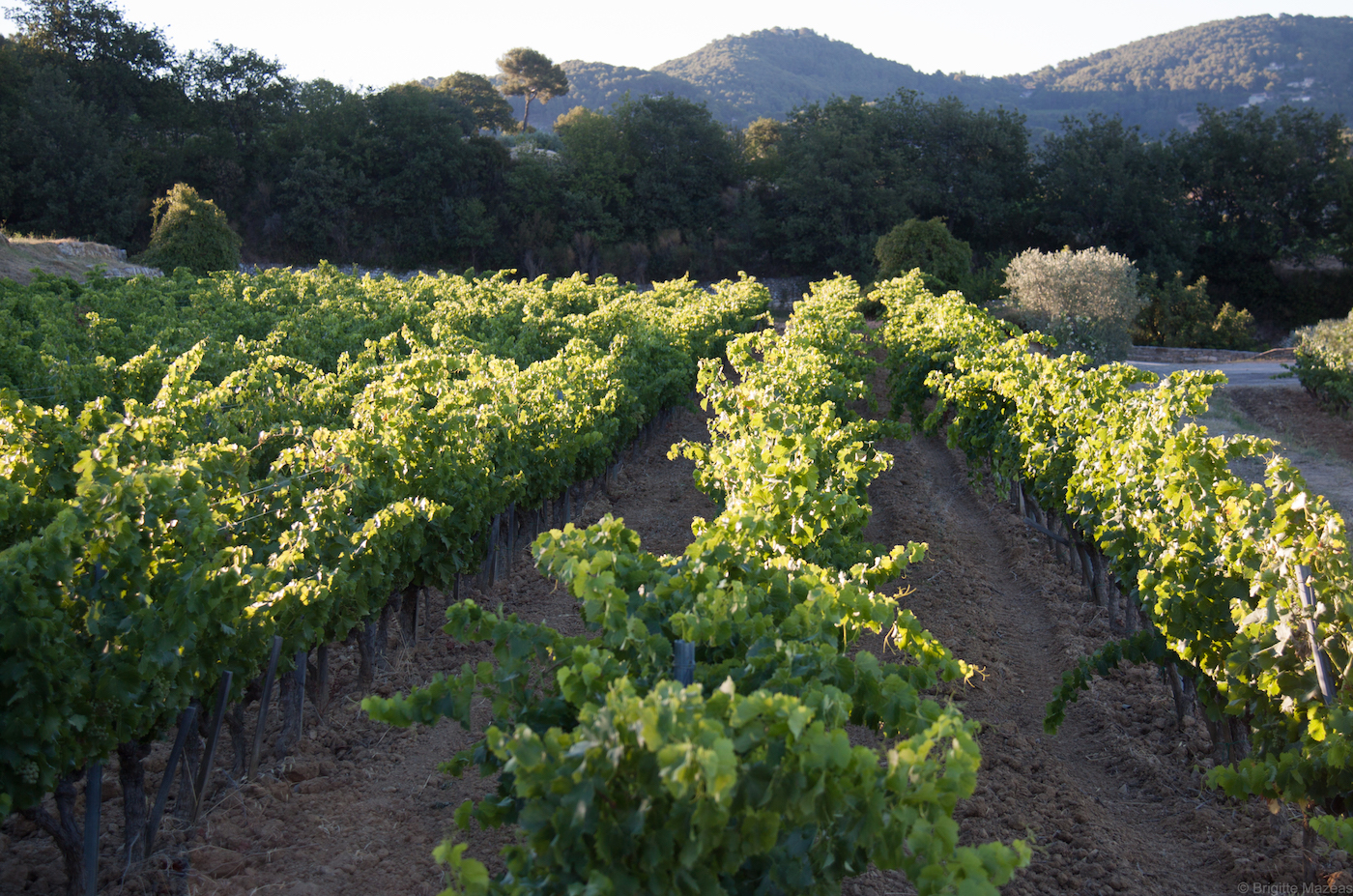
La Tourtine vineyard, Domaine Tempier, Bandol, France
Mozart of the Terroir
After 2010, Harrison’s poor health prevented annual visits to the Domaine Tempier. There was diabetes. Issues with his tonnage. “My valves were blown according to the body mechanics, the doctors, my threads stripped bare from purported overuse.” His writing was shadowed by mortality.
In an interview with Nice-Matin, Lulu Peyraud recounted that Harrison had made two visits after 2010 to the Domaine. Both trips involved literary homages: one to the tomb of the poet René Char in L’Isle-sur-la-Sorgues in the Vaucluse, and the other to the burial grounds of the poet Garcia Lorca in Spain.
Blows followed, principal among them the death of his wife Linda in October, 2015. Jim carried on with his writing.
“Death is like a sniper,” wrote Nora Ephron. When his body was ambushed on March 26, 2016, Jim was writing, with a pen in hand, a new poem at his desk, as the author Philip Caputo wrote in a Facebook post. A heart attack.
By all accounts, his friends expressed a sorrow for him that one reserved for kings. France mourned him as one of their own. His kingdom was the meadow, the forest, the river, and the high desert. Like a lord, he had, always, a disposition for a feast, washed down with rivers of French reds.
In an earlier time, Harrison felt he had escaped the sniper’s aim on a stormy flight back home:
I was still trembling from having kissed death’s ass in the face and fetched two wines from the cellar, a Migoua and a Tourtine Bandol from Lulu Peyraud’s Domaine Tempier. I slowly drank both of these superb bottles while meditating…After a short while, this blessed Bandol began to take over and I again realized that we are only flowers for the void.
Jim Harrison died at his Arizona ranch, alone, surrounded by the harmony of nature, bottles of Domaine Tempier, his spiritual source, nearby, and close to his final companion, his dog.
Epilogue

Le Domaine Tempier
The years have their closure. Many of the people have passed from sight. What remains: the tradition.
From the perch of vine-packed terraces of Bandol, you grasp that this is Europe where you stand in the shadow of tradition. You come to appreciate the lessons and pleasures of tradition passed down through the years. Among these pleasures is the incomparable taste and texture of Mourvèdre and the wines of Bandol.
Never part of any fashion or fad, Bandol does not play games, try to seduce you, or attempt to be modern. You take Bandol for the tradition it embodies like I do, or if not, you can dismiss it as a matter of taste, so you say. Otherwise, what better reason to have Bandol, red and rosé, in your cellar: it is a wine like nothing else.
Postscript: The Literary Bandol
In At Last, the British novelist Edward St. Aubyn winds down in acrid ironic prose the lacerating saga of Patrick Melrose, born into the high tone world of the upper crust, and finally liberated from the ravages of addiction.
St. Aubyn makes numerous references to the family’s house in Provence, where he was sexually assaulted on a staircase by his demented father, a raging pedophile. In articles and interviews, the location of this house is identified, generically, as in Provence.
The authentic location: Le Plan du Castellet – a hameau situated in the commune of Le Castellet, north of Bandol and a few miles from the bastide of Domaine Tempier.
##
Note on sources: The writing of Jim Harrison on wine and Bandol cited in this article can be found in two collections, “The Raw and the Cooked,” 2001, and “A Really Big Lunch,” 2017, and from recorded interviews with France Culture radio and appearances on French television.


